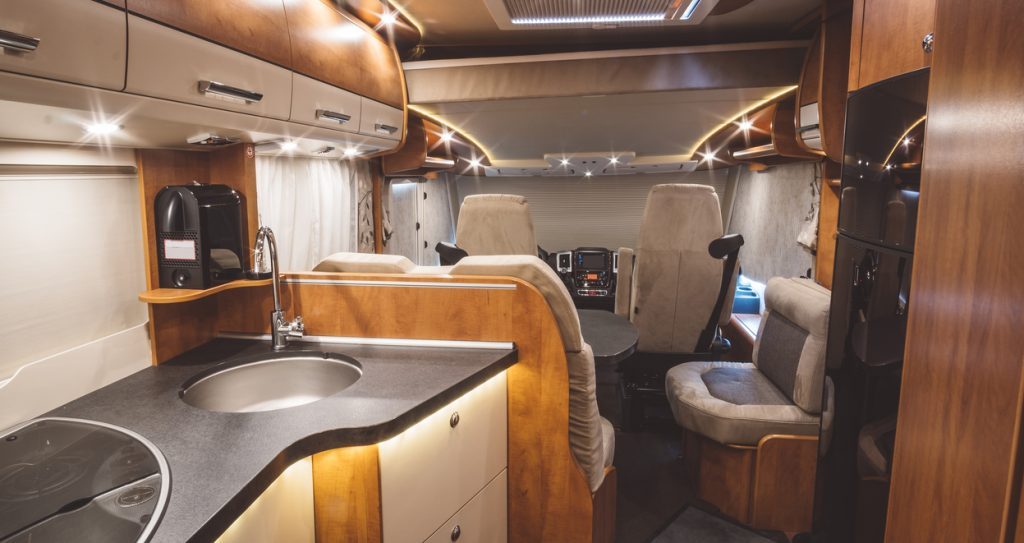Pcb board manufacturer from pcbshare.com? Our PCB production capacity can reach 40000 sq.m. per month and PCB assembly at 150,000,000 components per month. The main customers are from medium-sized manufacturers in the line of consumer electronics, digital products, radio telecommunication, industrial management and automation, medical treatment, etc. Our solid customer base has brought a strong impetus for future company growth. Read even more info on advanced pcb. Conventional Printed Circuit Board / Metal Base Printed Circuit Board / HDI PCB / RF Microwave PCB / SLP BOARD / FLEXIBLE PRINTED CIRCUIT BOARDS.
The layers need alignment punches once they are all clean and prepared to guarantee that they line up. The inner layers are aligned with the outer layers by the registration holes. The technician inserts the layers into the optical punch machine. To align the PCB layers, optical punchers force the pins through the holes. A different machine performs an optical examination to keep any faults after optical punching. The importance of this automatic optical inspection stems from the fact that once the layers are assembled, any mistakes that may exist cannot be remedied. We must compare the PCB and the Gerber Working files using the AOI machine to verify that there are no errors.
The cheapest method is surface mounting, and the PCBA can be machine made because of the tiny components. This is seldom accomplished, though, depending on the application. After all the parts and components have been properly put and soldered together, the Printed Circuit Board Assembly (PCBA) is displayed if the PCB is intended for amateur projects. Large components are easier to handle while building a PCBA because they are generally done by hand. All of the parts and components are soldered and properly placed if the printed circuit board assembly is shown. There are multiple connections on a PCBA, a lot of through-hole PCB components are used on the board, and hand soldering is used.
We often further categorize electrical components into two classes in order to simplify management based on numerous elements such as power gain, functions, source type, and regulating current flow. These parts are referred to as active components since they create energy in the form of voltage and current rather than using it themselves. The term “energy givers” also applies to active components. They need energy from an outside source to carry out their task.
In this article, we’ll look more closely at the definitions of PCB and PCBA as well as the distinctions between the two terminologies. What is PCB or Printed Circuit Board? A printed circuit board is a PCB. In some nations, like Japan, PCB is also known as PWB (printed wiring board). A PCB is a blank circuit board that has been laminated with layers of prepreg, epoxy fiberglass, and copper foil. Through-hole plating or blind or buried copper-plated vias are used to link the circuit layers.
Connectors on smaller circuit boards (especially on the motherboard): PCBs require connectors. Connectors are tiny electronic components that can rapidly and easily detach or terminate a circuit line. Connectors do exist in a range of forms, dimensions, levels of quality, and complexity. One-piece card edges and two-piece board-to-board connectors are the most widely used connector types. Small circuit boards are best suited for one-piece card edges. Find additional info on https://pcbshare.com/.
Of course, design comes first in any PCB manufacturing process. PCB manufacture and design always begin with a plan: the designer draws up a layout for the PCB that complies with all of the specifications. Extended Gerber is a great piece of software for PCB design because it also functions as an output format. Extended Gerber encrypts all the information required by the designer, including the quantity of copper layers, required solder masks, and additional component nomenclature. All the various components and features of the design are verified thoroughly to ensure there are no problems after the Gerber Extended program has encoded a design blueprint for the PCB.
